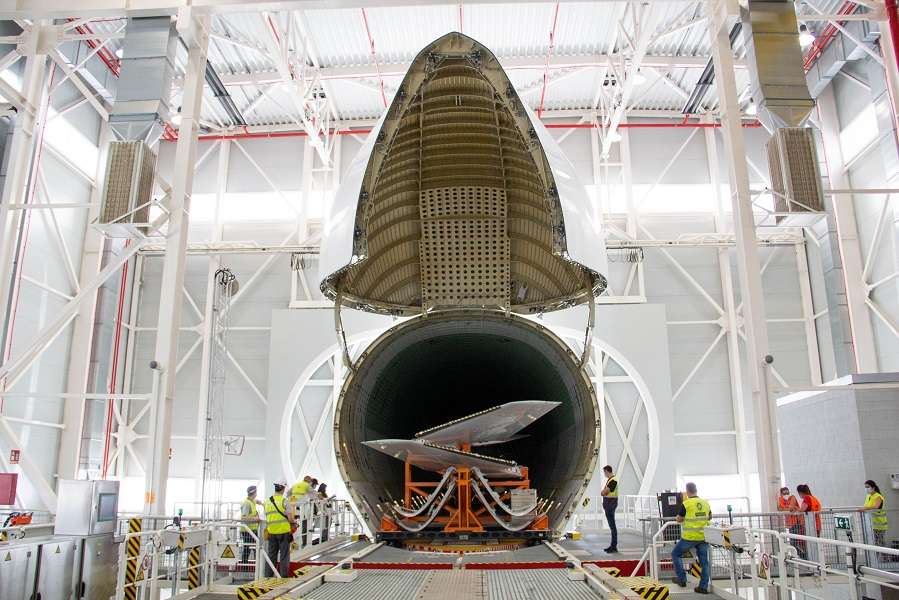Unless UK and the EU agree a Brexit deal, newly designed British aircraft components may temporarily stay uncertified, precluding their use. UK’s CAA will need to setup its own certification body post-Brexit, but this could take months to complete.
Right now, the European Aviation Safety Administration (EASA) is responsible for the certification of aircraft and other EU-made aerospace components. EASA currently has mutual recognition agreements with aviation safety bodies in other countries and regions. These agreements’ purpose is to allow components made elsewhere to gain approval in the EU. At the moment, EASA is still responsible for certifying UK-made components. Without a deal, this changes from 2021.
It is worth pointing out here that at the moment, the EU is not the only part of the world where EASA is the regulatory aviation authority. It is also responsible for countries outside the EU, including Iceland, Norway and Switzerland. Many hoped that the UK would stay under EASA’s auspices in the same manner. But in March this year, the UK confirmed that post-Brexit it will split from EASA.
Setting Up Shop post-Brexit
The problem is that UK’s Civil Aviation Authority (CAA) cannot yet take on this certification role. Many in the UK believe that a lot of EASA’s current expertise rests on UK nationals. So many of them would be expected to continue in a similar role in their own country after Brexit. Others point out that organizing this force under a new national structure is a daunting and time-consuming task in itself.

Until it is completed, newly designed parts will need to wait for the CAA to begin their certification operations. Moreover, the same applies to design changes in existing components. Parts’ makers often need to do this for incremental improvements or more crucially, to solve emerging safety concerns.
Reluctant Partners
EASA and CAA are both keen to work together towards a deal, according to Paul Everitt. Chief Executive of ADS, a British aviation trade body. However the terms of such a deal would depend on broader agreements between the UK and the EU post-Brexit. So the two aviation authorities need to wait until the situation is clarified.
The UK aerospace sector has a turnover of £34 billion ($44.3 billion), with contracts around the world. Companies like Rolls-Royce have already moved design operations out of the country, in order to stay within EASA’s sphere of influence. And other companies (including Airbus suppliers) are preparing for Brexit in similar ways. If they don’t, their parts may have to wait in storage for months, or they may see their customers look elsewhere.
The Brexit vote took place over four years ago. Many affected companies in aviation and elsewhere have moved to prepare themselves for all eventualities. The industry on both sides of the Channel look on nervously, while planning for a post-Covid recovery. The hope is that matters won’t be complicated by what some might see as minor details.
Sources:
https://www.bbc.co.uk/news/amp/business-54692949
https://www.bbc.com/news/business-51783580
Image: Airbus



